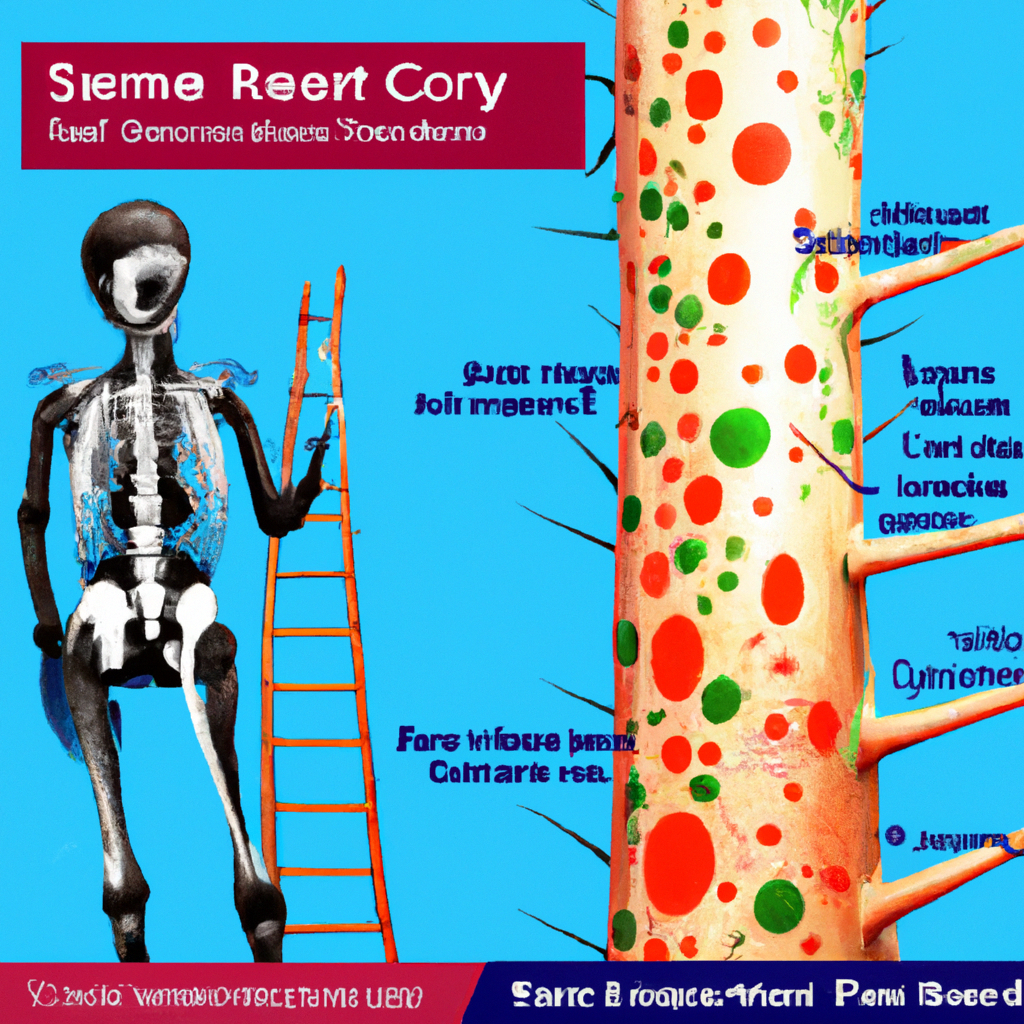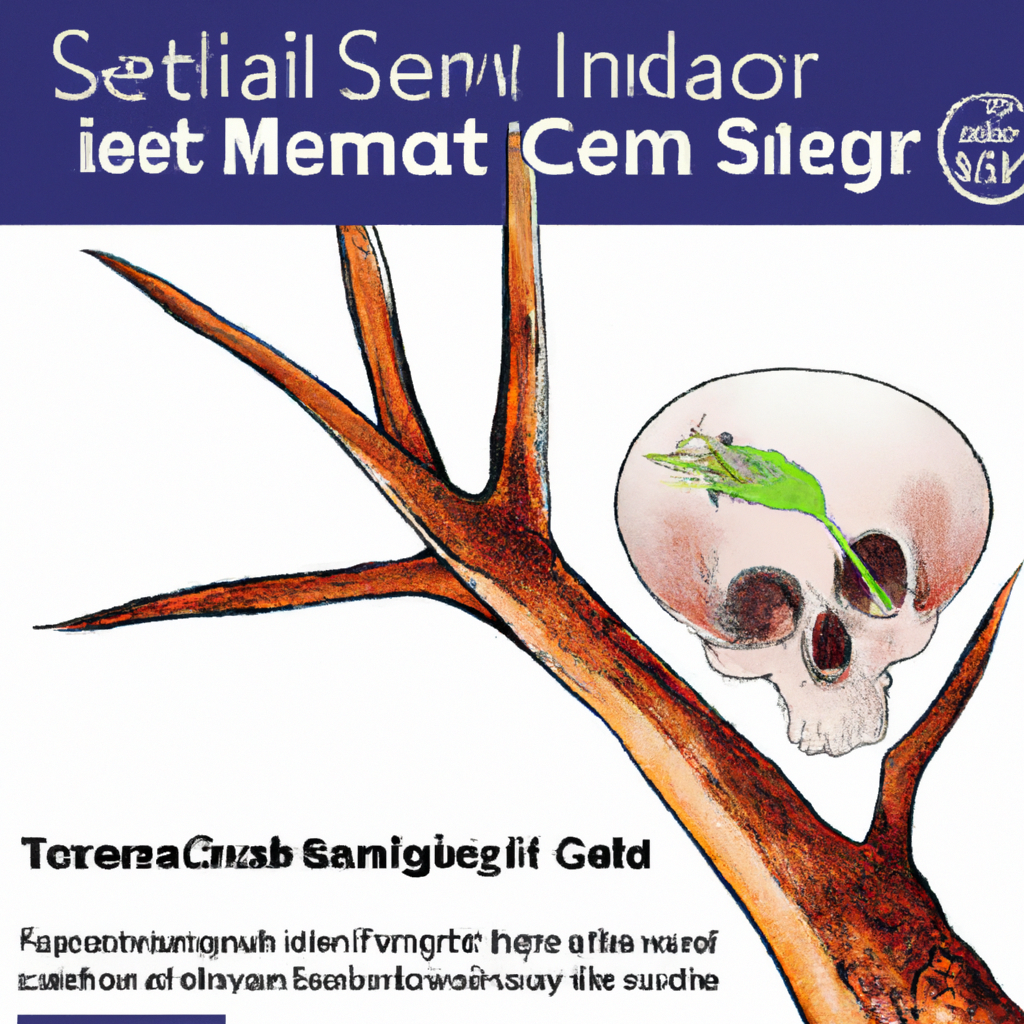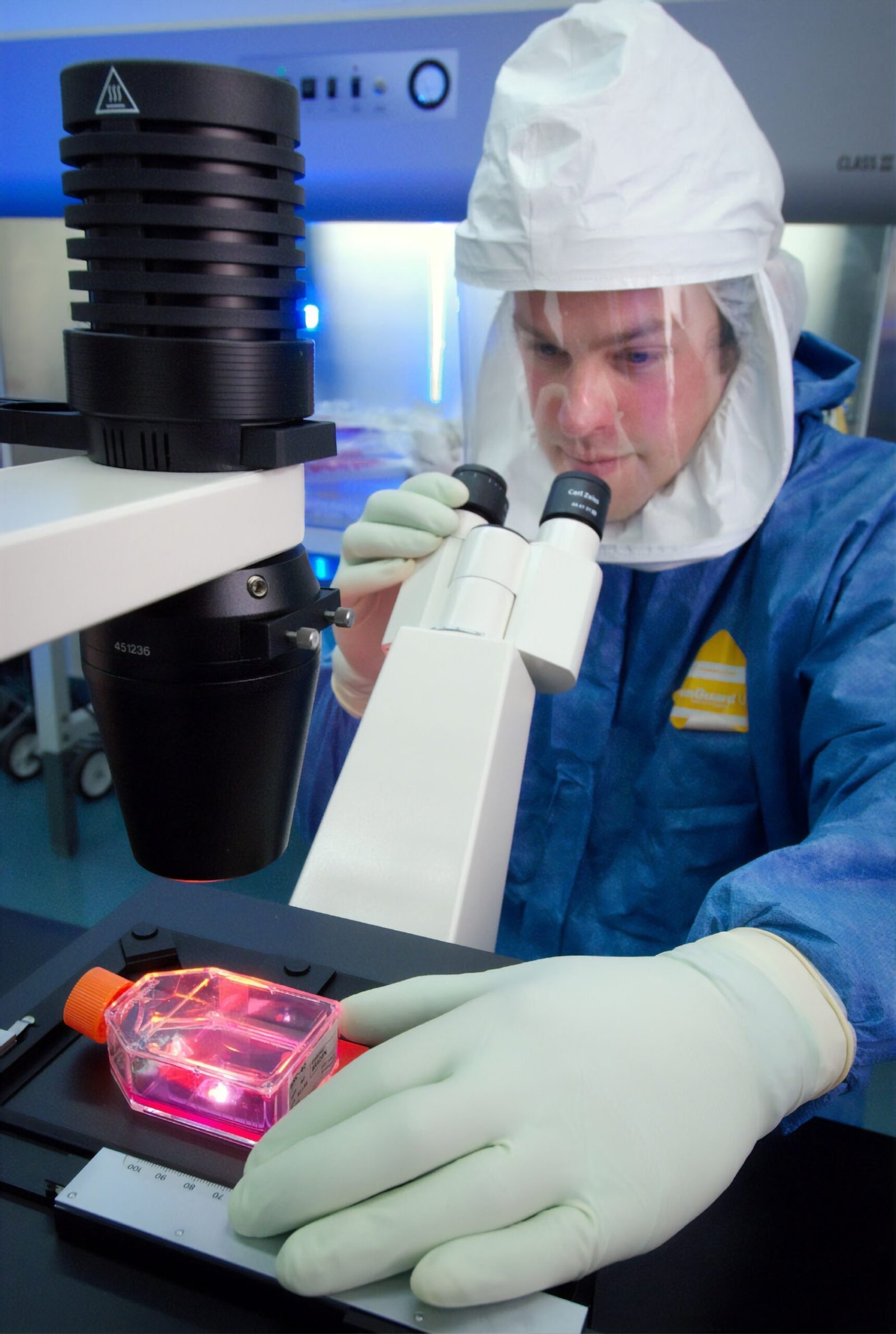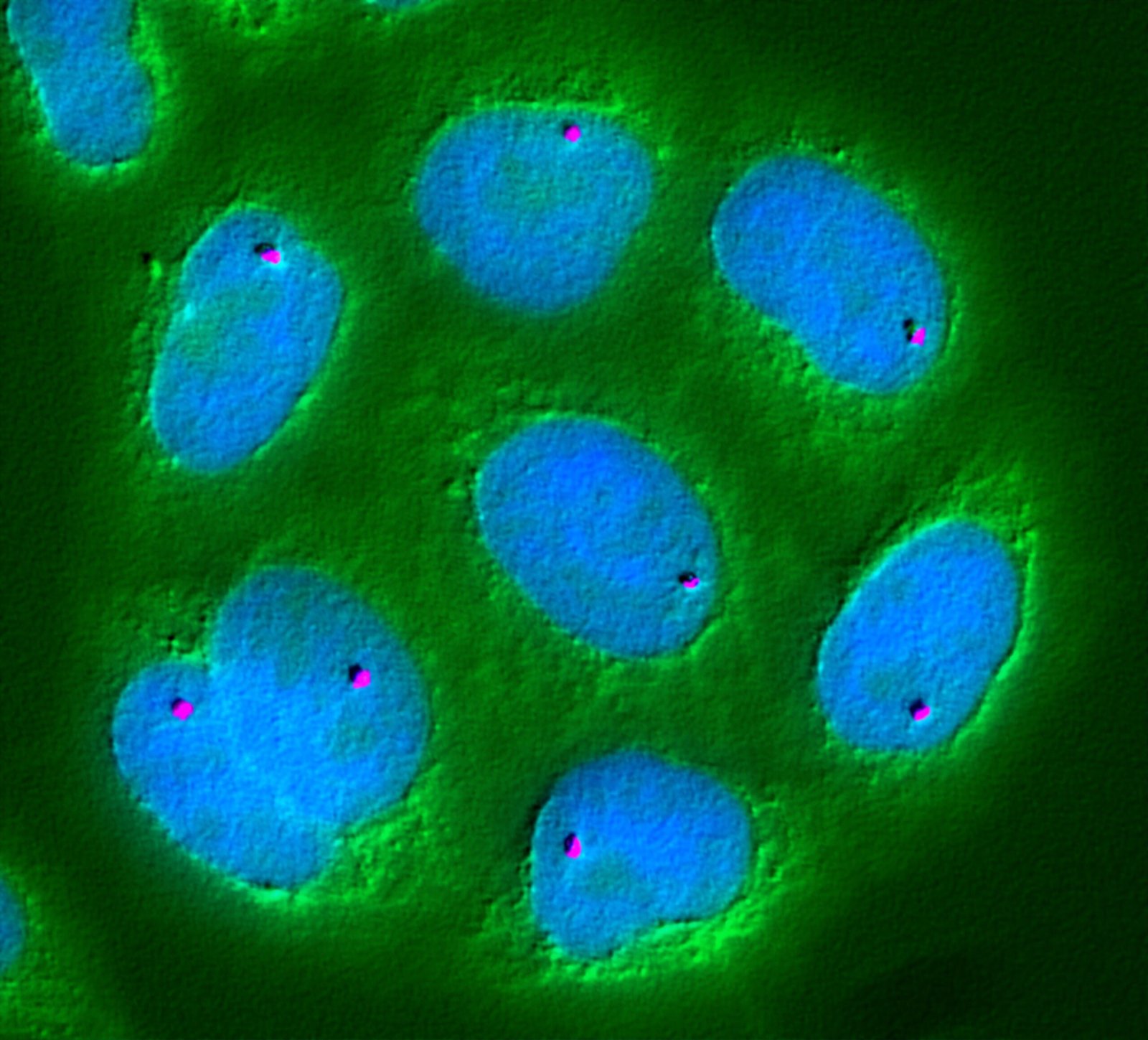Have you ever wondered if stem cell therapy could be the solution to improving joint conditions in Malaysia? In this article, we will explore the potential benefits and risks of this innovative treatment option. From understanding the basics of stem cell research to exploring its application in treating joint conditions, we will dive deep into this topic. Whether you are personally affected by joint issues or simply curious about the advancements in medical science, join us on this journey to discover the possibilities of stem cell therapy in Malaysia.
Understanding Joint Conditions
Joint conditions are medical conditions that can affect the joints in your body, causing pain, inflammation, and limited mobility. These conditions can significantly impact your overall quality of life, making it difficult to perform daily activities and enjoy your favorite hobbies. It is essential to understand the different types of joint conditions and their prevalence in Malaysia.
Types of Joint Conditions
There are several types of joint conditions that individuals in Malaysia may encounter. Some of the most common ones include:
-
Osteoarthritis: This is the most prevalent form of joint condition and occurs when the protective cartilage that cushions the joints wears down over time. Osteoarthritis commonly affects weight-bearing joints such as the knees, hips, and spine.
-
Rheumatoid Arthritis: Unlike osteoarthritis, rheumatoid arthritis is an autoimmune disease that causes the body’s immune system to attack the joints, leading to inflammation and joint damage. This condition can affect multiple joints simultaneously.
-
Gout: Gout is a form of arthritis that occurs when there is a buildup of uric acid in the joints. It commonly affects the big toe but can also impact other joints, causing severe pain and swelling.
-
Bursitis: Bursitis occurs when the fluid-filled sacs called bursae, which cushion the joints, become inflamed. This condition often affects the knees, shoulders, and elbows.
-
Tendonitis: Tendonitis is characterized by the inflammation of tendons, which are the thick cords that attach muscles to bones. It commonly affects the elbows, shoulders, and wrists.
Understanding the different types of joint conditions is crucial in determining the most appropriate treatment options for individuals in Malaysia who are seeking relief from joint pain and improved joint function.
Prevalence of Joint Conditions in Malaysia
Joint conditions are prevalent in Malaysia, affecting a significant portion of the population. According to a study published in the Malaysian Orthopaedic Journal, osteoarthritis is the most commonly reported joint condition in the country, followed by rheumatoid arthritis.
The study also highlighted that the prevalence of joint conditions increases with age, with a higher incidence among the elderly population. This finding emphasizes the need for effective treatments to manage joint conditions and improve the quality of life for older individuals in Malaysia.
Now that we have explored the basics of joint conditions, let’s delve into the concept of stem cell therapy and how it can potentially revolutionize the treatment of joint conditions in Malaysia.
Introduction to Stem Cell Therapy
Stem cell therapy is a cutting-edge medical treatment that offers promising potential for the management of joint conditions. It involves the use of stem cells, which are specialized cells capable of differentiating into various cell types in the body. This remarkable ability of stem cells to regenerate and repair damaged tissues makes them a valuable tool in the field of regenerative medicine.
What are Stem Cells?
Stem cells are undifferentiated cells that can develop into different cell types with specialized functions in the body. They have the unique ability to divide and multiply, replenishing damaged or aging tissues. Stem cells can be classified into different types based on their origin and potential.
Types of Stem Cells
There are several types of stem cells that researchers utilize in stem cell therapy:
-
Embryonic Stem Cells: These stem cells are derived from embryos during the blastocyst stage of development. They have the highest potential for differentiation and can give rise to any cell type in the body. However, their use raises ethical concerns due to the destruction of embryos.
-
Adult Stem Cells: Adult stem cells are present in various tissues throughout the body, including bone marrow, adipose tissue, and blood. These cells have a more limited differentiation potential compared to embryonic stem cells but can still differentiate into multiple cell types. They are often used in stem cell therapy for joint conditions.
-
Induced Pluripotent Stem Cells (iPSCs): iPSCs are adult cells that have been reprogrammed to assume a stem cell-like state. This reprogramming allows them to regain the ability to differentiate into various cell types. iPSCs offer a potential alternative to embryonic stem cells, as they can be generated from adult cells without ethical concerns.
How Stem Cells Work
Stem cells work by homing to the site of injury or inflammation in the joints and releasing signals to promote tissue repair and regeneration. They possess anti-inflammatory properties and can modulate the immune response, thus reducing joint inflammation. Additionally, stem cells can differentiate into chondrocytes, the cells responsible for producing cartilage, which is crucial for joint health.
The application of stem cell therapy in joint conditions holds great promise for individuals seeking long-term relief from pain, improved functionality, and reduced reliance on traditional treatments such as medications or surgical interventions.

Application of Stem Cell Therapy in Joint Conditions
Researchers worldwide have recognized the potential of stem cell therapy in treating joint conditions, leading to extensive research and clinical trials. Malaysia is no exception, with significant advancements in stem cell research and clinical applications.
Research on Stem Cell Therapy for Joint Conditions
Numerous studies have been conducted to investigate the efficacy and safety of stem cell therapy as a treatment option for joint conditions. These studies have explored various aspects, including the optimal source of stem cells, delivery methods, and patient outcomes.
One study published in the Journal of Orthopaedic Research demonstrated that mesenchymal stem cells (MSCs) derived from bone marrow were effective in regenerating cartilage, improving joint function, and alleviating pain in animal models of osteoarthritis. This finding suggests that MSCs hold great potential for treating human joint conditions as well.
Another study published in Stem Cells Translational Medicine showed positive results in using adipose-derived stem cells (ADSCs) for the treatment of knee osteoarthritis. The study reported significant improvements in pain reduction and joint function following ADSC injection.
These and other studies contribute to the growing body of evidence supporting the efficacy of stem cell therapy in joint conditions, providing a solid foundation for further research and clinical applications.
Clinical Trials in Malaysia
Malaysia is actively involved in conducting clinical trials to evaluate the safety and efficacy of stem cell therapy in joint conditions. These trials adhere to stringent ethical guidelines and aim to gather valuable data that will contribute to the advancement of stem cell research and clinical practice.
One notable clinical trial conducted in Malaysia focused on the use of autologous adipose-derived stem cells (ASCs) for the treatment of knee osteoarthritis. The trial involved injecting ASCs into the knee joint and monitoring patient outcomes over a specified period. The findings demonstrated improved knee functionality and reduced pain, further supporting the potential of stem cell therapy in joint conditions.
Regulatory Framework for Stem Cell Therapy in Malaysia
Malaysia has established a robust regulatory framework to govern the use of stem cell therapy and ensure patient safety. The Ministry of Health Malaysia oversees the regulatory aspects of stem cell therapy and has implemented guidelines to ensure quality standards and ethical practices.
Before stem cell therapy can be offered to patients, qualified medical professionals must obtain necessary approvals and adhere to specific protocols. The regulatory framework also promotes transparency by requiring clinics to provide accurate information about the procedures, potential risks, and expected outcomes to patients.
The presence of a well-defined regulatory framework in Malaysia ensures that stem cell therapy is conducted in a safe and controlled manner, offering patients peace of mind when seeking this innovative treatment option for their joint conditions.
Effectiveness of Stem Cell Therapy in Joint Conditions
The effectiveness of stem cell therapy in treating joint conditions has been evaluated through various case studies and patient testimonials. These real-life experiences shed light on the potential of stem cell therapy to improve joint pain, function, and overall quality of life.
Case Studies
Numerous case studies have reported positive outcomes following stem cell therapy for joint conditions. In one case study published in the Journal of Stem Cell Research & Therapy, a patient with knee osteoarthritis received an injection of adipose-derived stem cells. The patient experienced significant pain reduction, improved joint mobility, and a decrease in medication use.
Another case study published in the World Journal of Stem Cells reported successful treatment of a patient with rheumatoid arthritis using autologous bone marrow-derived stem cells. The patient’s symptoms improved, and disease activity markers decreased after the stem cell therapy, demonstrating the potential of stem cells in managing autoimmune joint conditions.
The collective evidence from case studies supports the notion that stem cell therapy has the potential to provide meaningful relief and improvement in joint conditions, with durable effects and a reduced need for conventional treatments.
Success Rates and Patient Experience
While Success Rates may vary depending on the specific joint condition and individual factors, many patients who have undergone stem cell therapy for joint conditions report positive outcomes. These include a reduction in pain, improved joint function, and an overall improvement in their quality of life.
Patient testimonials highlight the transformative impact that stem cell therapy can have on individuals who have been suffering from joint conditions for an extended period. Many patients express their gratitude for finding a non-invasive treatment option that has allowed them to regain their mobility, engage in activities they once enjoyed, and reduce or eliminate their dependence on pain medications.
It is important to note that individual experiences may vary, and not all patients may experience the same level of improvement. However, the overall positive trend observed in patient testimonials underscores the significant potential of stem cell therapy in joint conditions.

Advantages and Limitations of Stem Cell Therapy
Stem cell therapy offers several advantages over traditional treatment modalities for joint conditions. However, like any medical intervention, it is essential to consider the potential risks and limitations associated with this innovative therapy.
Benefits of Stem Cell Therapy
-
Regeneration and Repair: Stem cells have the unique ability to regenerate and repair damaged tissues, including cartilage and other joint structures. This regenerative potential of stem cells offers the possibility of long-lasting pain relief and improved joint function.
-
Non-invasive Procedure: Stem cell therapy for joint conditions typically involves a minimally invasive procedure, such as an injection, which eliminates the need for surgery and reduces the associated risks and recovery time.
-
Reduced Reliance on Medications: By addressing the underlying cause of joint conditions, stem cell therapy can help reduce the need for pain medications and anti-inflammatory drugs, which often come with their own set of side effects.
-
Personalized Treatment: Stem cell therapy can be tailored to each individual’s specific needs, taking into account factors such as the severity of the joint condition, overall health status, and lifestyle. This personalized approach enhances the effectiveness of the treatment and improves patient outcomes.
Risks and Side Effects
While stem cell therapy offers significant advantages, it is crucial to consider the potential risks and side effects associated with the procedure. Some possible risks include:
-
Infection: As with any medical procedure, there is a risk of infection at the injection site. Strict adherence to sterile techniques and proper post-procedure care can minimize this risk.
-
Rejection or Allergic Reactions: In rare cases, the body may reject the stem cells or develop an allergic reaction to the injected cells. Adequate screening and matching of the stem cells can help reduce the likelihood of these complications.
-
Tumor Growth: There is ongoing research regarding the potential for stem cells to promote the growth of tumors in certain contexts. However, rigorous screening and follow-up protocols can mitigate this risk.
-
Limited Availability of Suitable Stem Cells: Obtaining an adequate number of viable stem cells can sometimes be challenging. This limitation can affect the efficacy of the treatment and the number of patients who can benefit from stem cell therapy.
It is essential to have a thorough discussion with a qualified medical professional to understand the potential risks and benefits of stem cell therapy in your specific case before making a decision.
Considerations for Choosing Stem Cell Therapy
Choosing stem cell therapy as a treatment option for joint conditions requires careful consideration of several factors. These considerations include patient criteria, cost and accessibility, and alternative treatments.
Patient Criteria
Not all individuals with joint conditions may be suitable candidates for stem cell therapy. Factors such as overall health status, disease severity, and previous treatments can impact the potential effectiveness of stem cell therapy. It is crucial to consult with a qualified medical professional to determine if you meet the necessary criteria for this treatment and discuss alternative options if needed.
Cost and Accessibility
Stem cell therapy, although increasingly accessible, may still involve significant costs, including the initial procedure and follow-up appointments. It is important to consider your budget and explore potential financing options or insurance coverage.
Additionally, the accessibility of stem cell therapy providers should be taken into account. It is advisable to choose a reputable clinic that is conveniently located and has a track record of success in treating joint conditions.
Alternative Treatments
While stem cell therapy shows promise in improving joint conditions, it is not the only treatment option available. It is crucial to explore alternative treatments such as medications, physical therapy, or surgical interventions and weigh the potential benefits and risks associated with each option. A comprehensive approach that combines different modalities may be the most suitable course of action for some individuals.

Finding a Stem Cell Therapy Provider
Choosing a reputable stem cell therapy provider is of utmost importance to ensure the safety and effectiveness of the treatment. Here are some factors to consider when selecting a clinic:
Choosing a Reputable Clinic
-
Experience and Expertise: Research the clinic’s background and the qualifications of the medical professionals who will be administering the stem cell therapy. Look for clinics with experience in treating joint conditions and a track record of successful patient outcomes.
-
Facility and Equipment: Ensure that the clinic has modern facilities, adheres to strict sterilization protocols, and utilizes state-of-the-art equipment for stem cell procedures.
-
Patient Reviews and Testimonials: Read reviews and testimonials from previous patients to get a sense of their experiences and outcomes. This can provide valuable insights into the clinic’s reputation and the quality of care provided.
-
Transparency: Choose a clinic that is transparent about the procedure, potential risks, and expected outcomes. The clinic should provide clear information and address any concerns or questions you may have.
Evaluating the Expertise of Medical Professionals
-
Credentials: Look for medical professionals who have specialized training and experience in stem cell therapy. Check for certifications, affiliations with reputable organizations, and participation in ongoing education and research in the field.
-
Consultation: Schedule a consultation with the medical professional to discuss your specific case, ask questions, and address any concerns. The consultation should be thorough, and the medical professional should provide clear and detailed explanations.
-
Communication and Trust: Trust and open communication between you and the medical professional are essential for a successful treatment journey. Choose a medical professional who listens to your concerns, provides honest information, and makes you feel comfortable throughout the process.
Future Potential and Ongoing Research
Stem cell therapy in joint conditions is a rapidly evolving field with ongoing research and technological advancements. The future holds great promise for further refining and expanding the application of stem cell therapy, including the following:
Emerging Techniques and Technologies
Researchers are continuously exploring new techniques and technologies to enhance the efficacy of stem cell therapy in joint conditions. This includes refining cell isolation and expansion methods, identifying specific markers to optimize stem cell differentiation, and exploring novel delivery methods to enhance cell retention and viability within the joint.
Collaborative Efforts in Stem Cell Research
Collaborative efforts among researchers, medical professionals, and regulatory bodies play a crucial role in advancing stem cell research and translating scientific discoveries into real-world applications. By pooling resources and expertise, these collaborative initiatives aim to accelerate the development and adoption of stem cell therapy for joint conditions.
The future of stem cell therapy in joint conditions in Malaysia and worldwide is promising, as ongoing research and advancements continue to push the boundaries of what is possible.

Patient Testimonials and Success Stories
Real-life experiences of patients who have undergone stem cell therapy for joint conditions offer valuable insights into the potential benefits and outcomes of this innovative treatment option.
Interviews with Patients
Through interviews with patients, we can gain a deeper understanding of their journey before and after stem cell therapy. Patients can provide firsthand accounts of the impact stem cell therapy has had on their joint conditions, including pain reduction, improved mobility, and the ability to resume activities they were once unable to do.
Before and After Stories
Before and after stories provide tangible evidence of the transformative effects of stem cell therapy. These stories showcase the improvements in joint functionality, reduced pain, and overall well-being that patients experience after undergoing stem cell therapy for their joint conditions.
The stories shared by patients who have found relief and regained their quality of life through stem cell therapy serve as a beacon of hope and inspiration for individuals suffering from joint conditions.
Conclusion: The Promising Future of Stem Cell Therapy
Stem cell therapy holds great promise in improving joint conditions and providing a viable alternative to traditional treatments. Through their regenerative and reparative properties, stem cells offer the potential to reduce pain, improve joint function, and enhance overall quality of life for individuals in Malaysia.
While stem cell therapy is a relatively new treatment option, extensive research, clinical trials, and patient testimonials support its efficacy and safety. Malaysia, with its well-defined regulatory framework and ongoing collaborative efforts, is actively contributing to the advancement of stem cell research and clinical applications.
As ongoing research and technological advancements continue to unfold, the future of stem cell therapy in joint conditions in Malaysia is promising, offering hope to those seeking long-lasting relief from joint pain and improved joint functionality.
With proper consultation and guidance from qualified medical professionals and careful consideration of individual factors, stem cell therapy can be an encouraging treatment pathway for individuals in Malaysia who are living with joint conditions. Embrace the promising future of stem cell therapy and take the first step towards improving your joint health today.





